| Detailed Information | |||||
|---|---|---|---|---|---|
| Project Name | Brunno Jahara Interview | Posted in | Interview | Design Studio | Brunno Jahara |
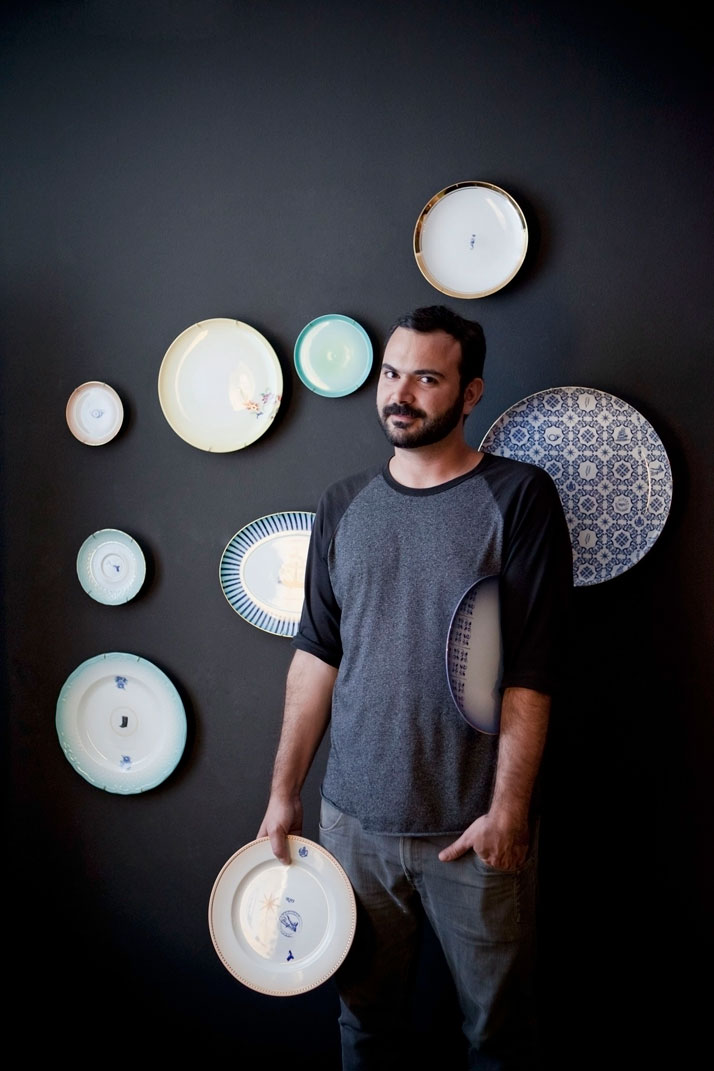
Brunno Jahara, photo © Filippo Bamberghi.

Transatlântica, photo © Vista Alegre.
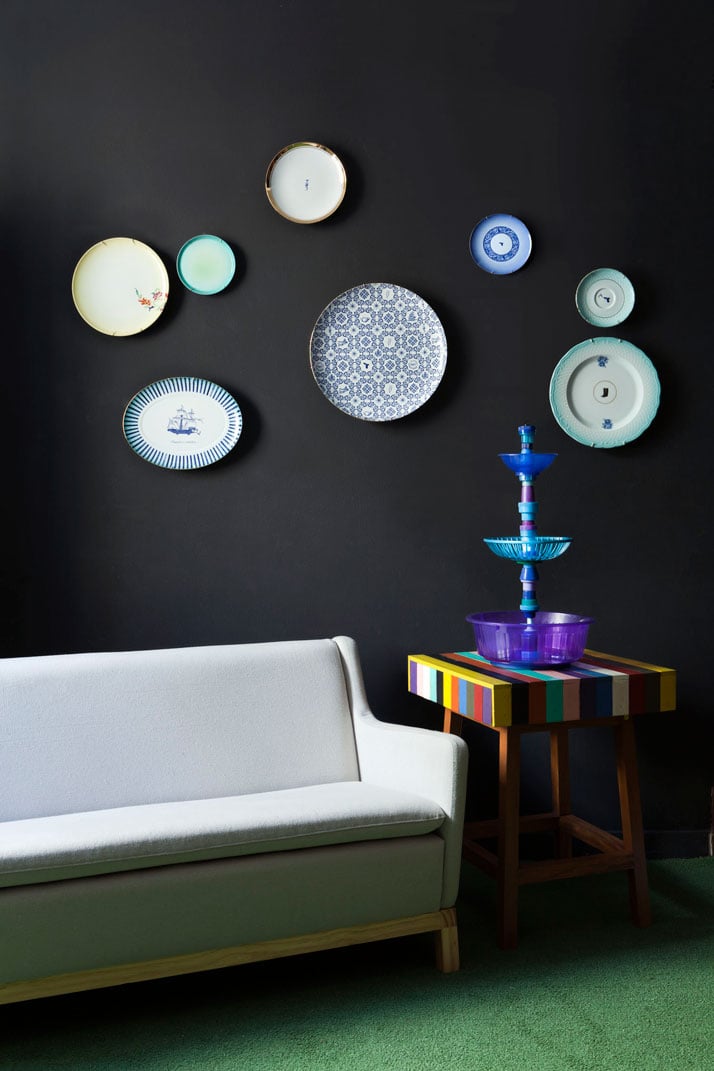
Transatlântica & Multiplastica, photo © Filippo Bamberghi.
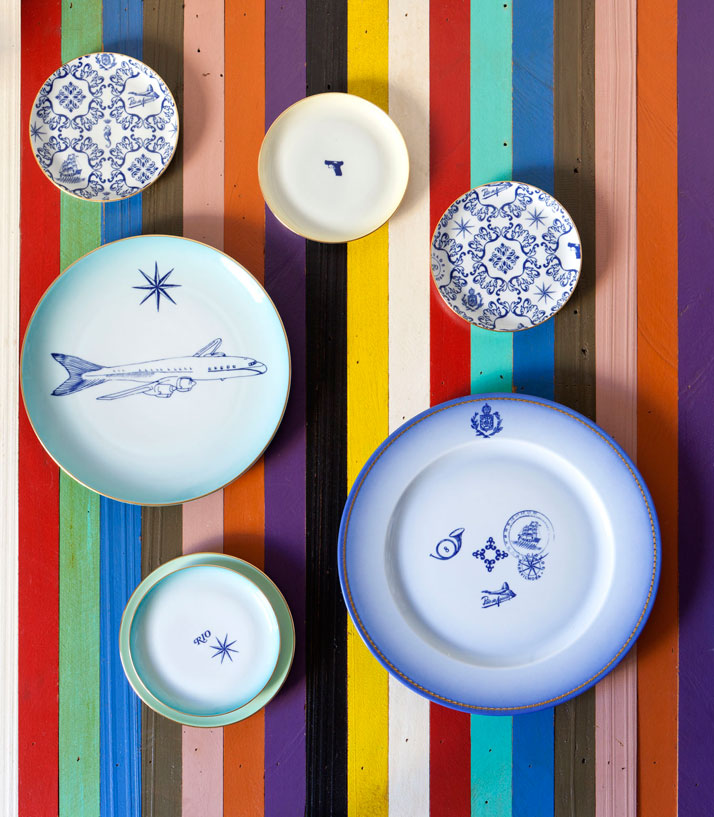
Transatlântica, photo © Filippo Bamberghi.
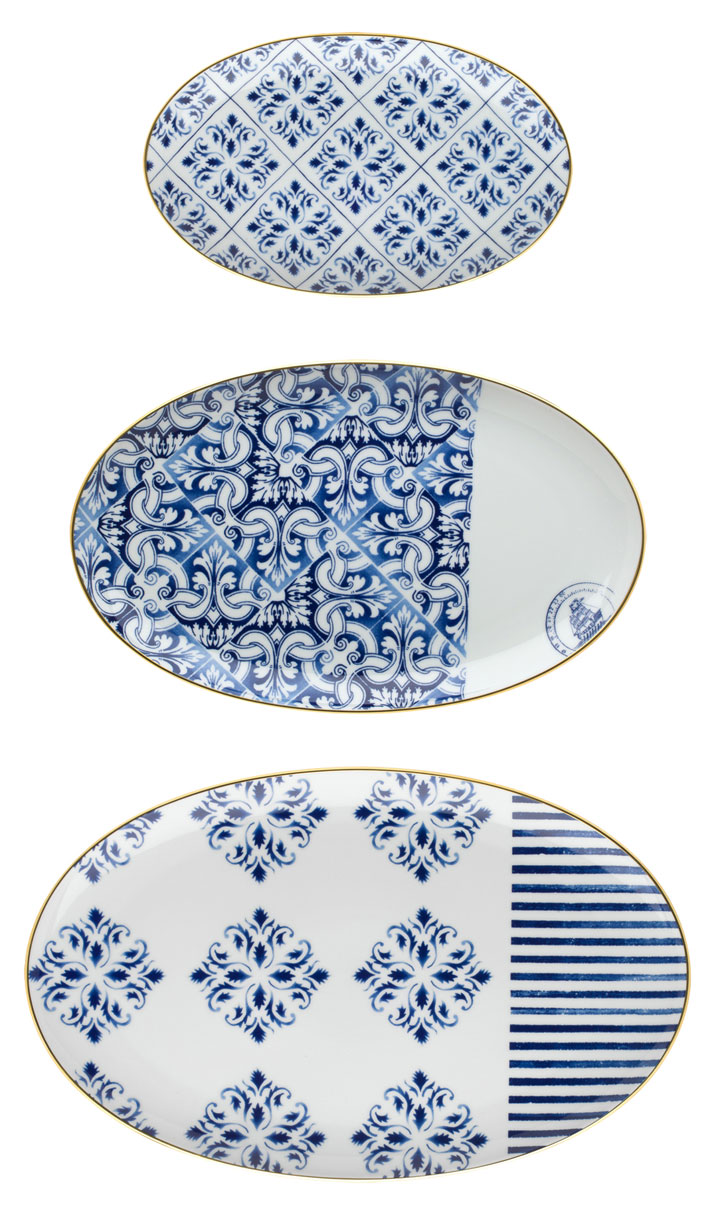
Transatlântica, photo © Filippo Bamberghi.
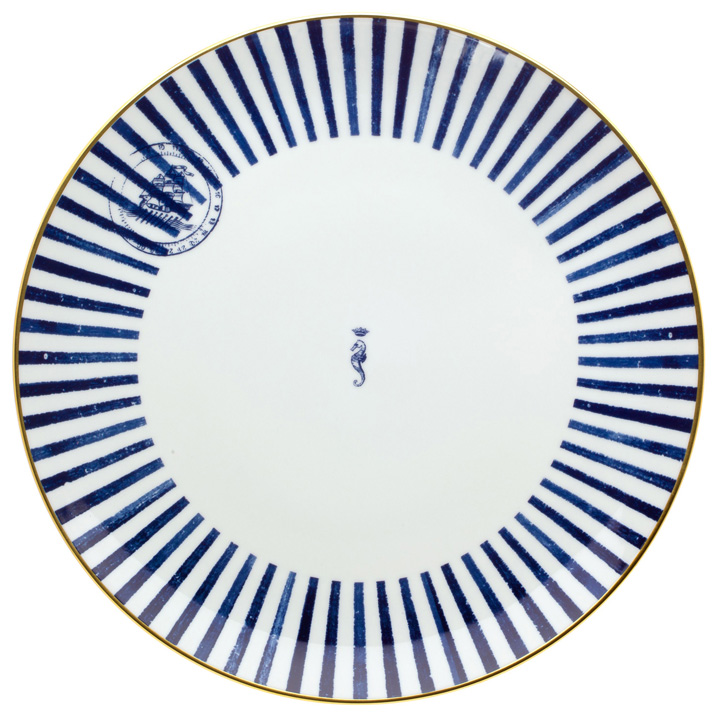
Transatlântica, photo © Filippo Bamberghi.
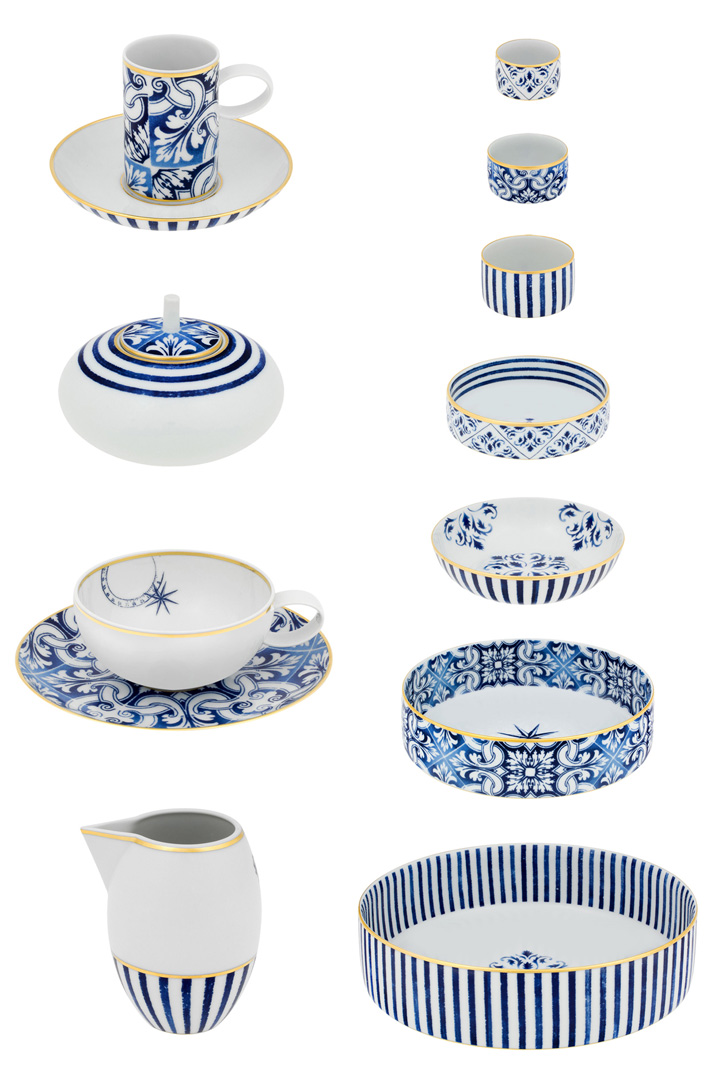
Transatlântica, photo © Filippo Bamberghi.
Brunno Jahara, one of Brazil´s outstanding design talents, spent about 10 years in Europe – among others at Benetton´s Fabrica lab of design & experimental communication– before opening his studios in São Paulo and more recently, in Rio de Janeiro. But he’s best known for his Multiplastica Domestica series of recycled caps collected by the National Recycling Association in São Paulo, and his Neorustica furniture collection named after Rio de Janeiro’s favelas. Despite his immersion in the European sense of aesthetic, Jahara continues to pay homage to his vibrant home country with every single piece he designs. ''I´m kind of proud of our Brazilian design history - it has a lot of character''.Brazilians however, still seem to consider design as a sheer luxury product which has led to Brazilian designers’ work being better appreciated outside of Brazil. In Portugal, despite the economic crisis, couples continue to receive Vista Alegre tableware as wedding gifts where the brand is considered a must have and a lifetime investment which Jahara is very enthusiastic about: ''The Portuguese save up for it and buy it, thus showing they really like the Transatlântica collection. I´m so very happy about that. Even in the factory the employees loved it - a big compliment!''.
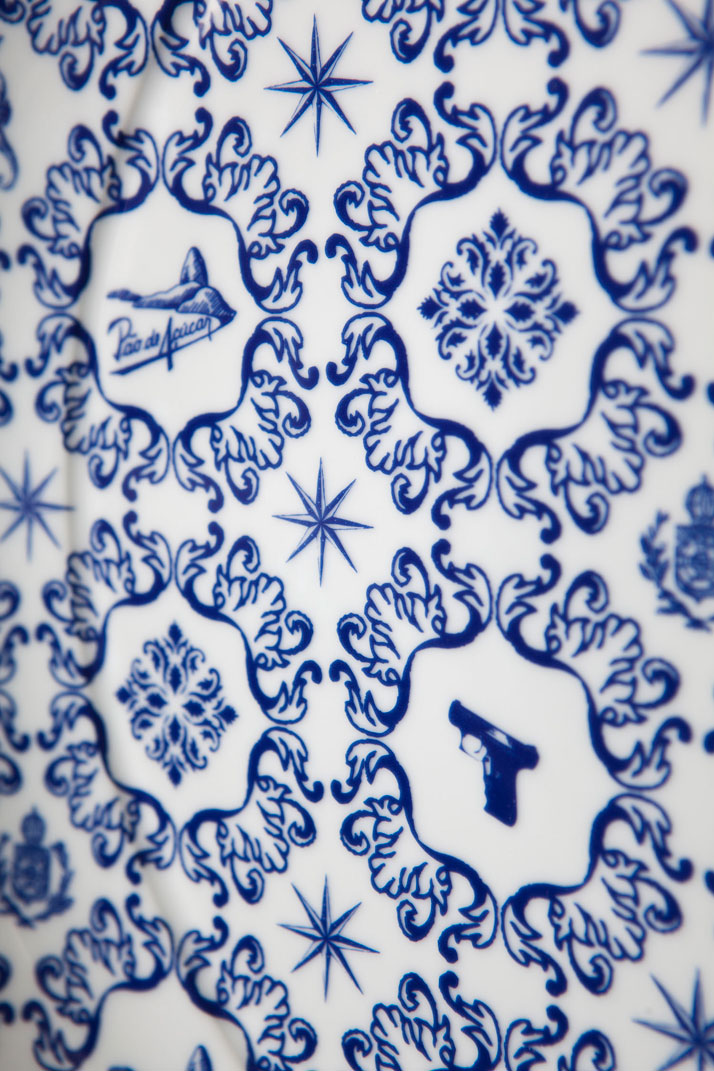
Transatlântica, photo © Filippo Bamberghi.
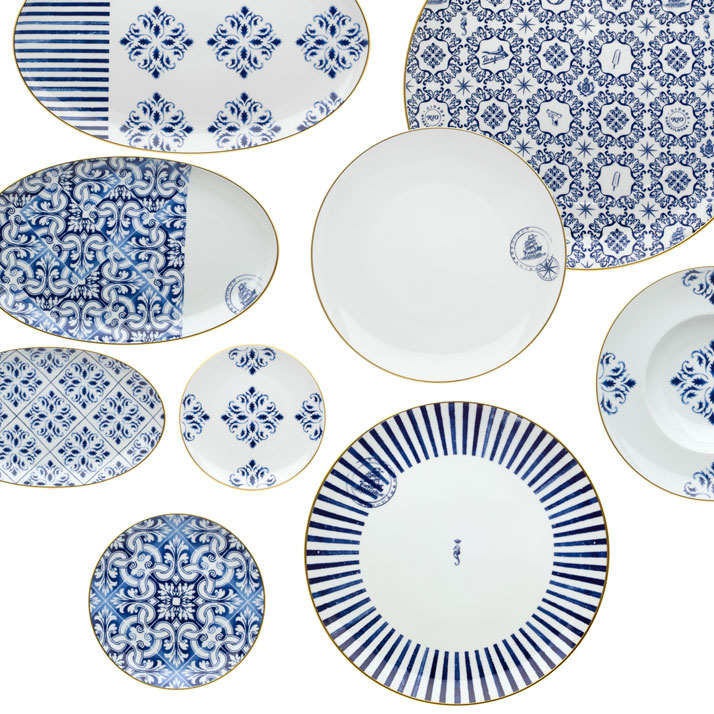
Transatlântica, photo © Filippo Bamberghi.
You tend to choose attractive yet meaningful names for your collections. ‘Transatlântica’ makes us dream of never ending luxurious cruises, just like in the old days…
It´s about the ocean that Brazilians and Portuguese share. Historically, our counties share a lot of transport and communication. Even today, the ocean is like a big street that connects us. Although the two countries are so very different, our common language and shared history make us feel connected. I came across stamps from the period in the amazing Vista Alegre archives which inspired me to develop a new stamp for the collection which includes our Pão de Açúcar. But I also use other symbols like caravels, compasses, a seahorse and the royal crown. The colors also refer to the discoveries that were made and colonial history, with lots of blue from the sky and the ocean, and gold symbolizing the Royal Family’s wealth (they fled to Brazil when Napoleon threatened Portugal). I celebrate Portuguese style and culture, and in doing so, merge it with Brazilian imagery. I’ve used the imaginary world of both – one is more graphic, the other more traditional. Creating this collection felt like going on a journey, and the collection tells a story.
One of the stories refers to violence in modern day Brazil. Amongst the beautiful seahorses and compasses, caravels and old fashioned stamps, there’s also a gun. I can just imagine old uncle José choking on his soup at a chic wedding dinner when he spots a detail like that!
This is a very subtle collection – it’s only when you take a closer look that details, like a pistol, catch your eye. Brazilians don´t like talking about the crime and violence in their country. But you can’t escape the fact that it´s part of our reality. I wanted to celebrate how grand and compelling Brazil is and make those who use the products dream about this fabulous exotic destination. So the pistol is just an unobtrusive reference to that other reality. I was surprised that Vista Alegre accepted the entire collection without any qualms, the gun included. They even asked me to extend the collection with a coffee and tea set.
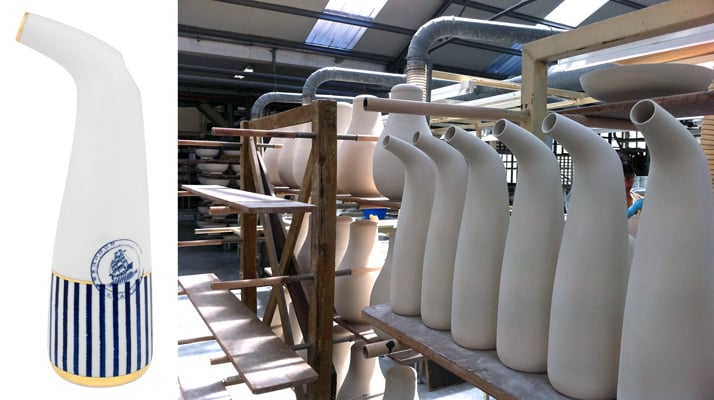
Transatlântica (making of), photo © Filippo Bamberghi.
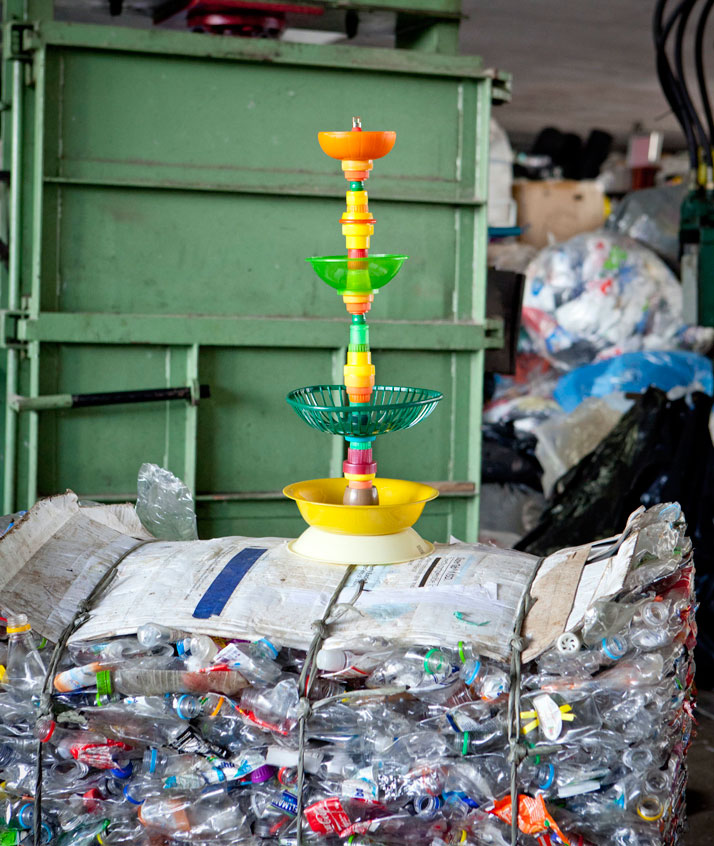
Multiplastica Domestica series, photo © Filippo Bamberghi.
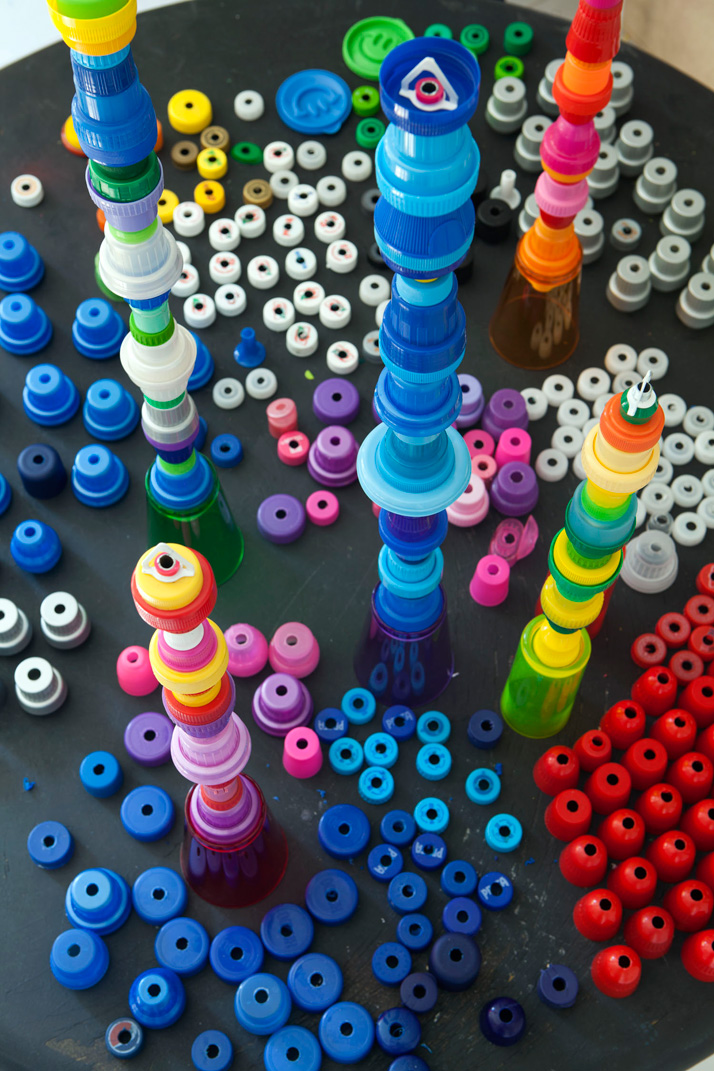
Multiplastica Domestica series, photo © Filippo Bamberghi.
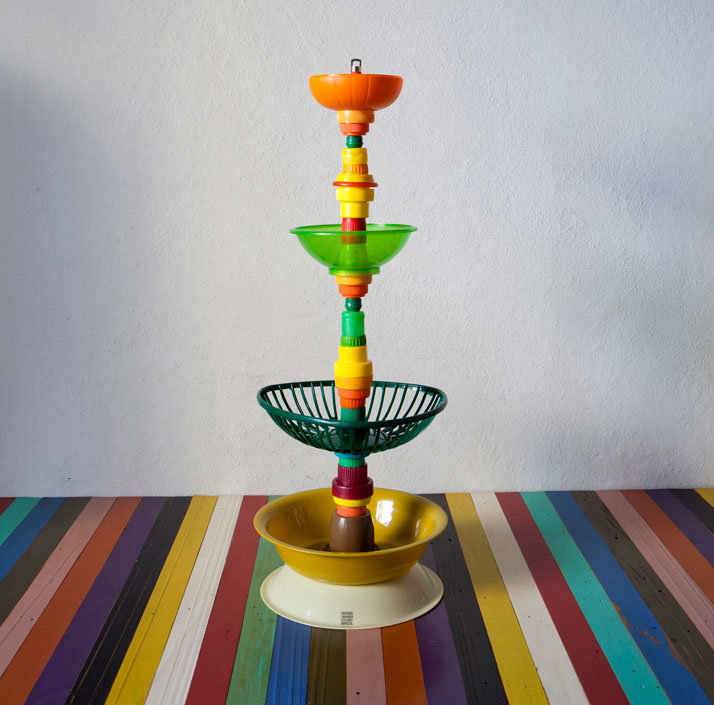
Multiplastica Domestica series, photo © Filippo Bamberghi.
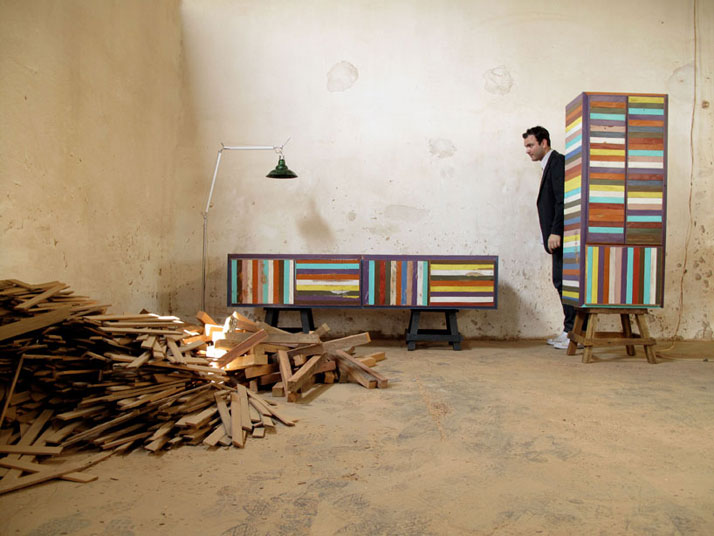
Neorustica furniture collection, photo © Jahara Studio.
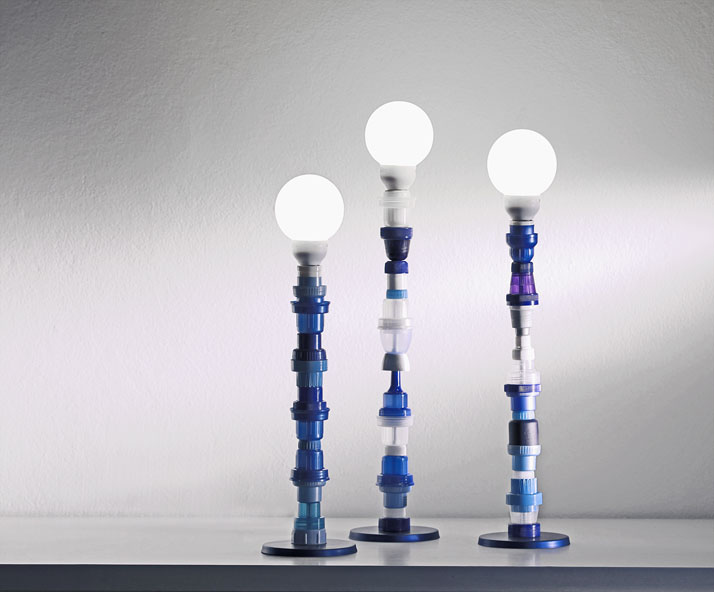
Multiplastica Domestica series, photo © Filippo Bamberghi.
How did it feel for a contemporary designer to work at Vista Alegre’s HQ, a sanctuary where high skilled craftsmen & women paint liquid gold on delicate porcelain pieces using the same traditional methods, just like in the old days?
Just amazing. Vista Alegre is a porcelain obsessed factory. Their aim is to make porcelain evolve – it´s not just about design, it´s about the porcelain itself. I only fully understood this while diving into their archives. I discovered this company has always been eager to try out various techniques and designs, whilst maintaining an incredible level of craftsmanship. This is a very Portuguese value – they’re very traditional, especially when it comes to quality: even if there´s just a little tiny dot on the product, Vista Alegre will reject it relentlessly. Only the best is good enough. On the other hand, this is a company that’s very contemporary; they invite young designers from all over the world to work with them. In short: it was absolute paradise working there; I wanted to try out a hundred thousand things. The only challenge was that I had to be patient – the whole process, from clay to the final piece - it easily takes a week. I made a series of plates depicting the tale of a fish - a unique handmade limited series including gold paint. Most of those pieces have been sold, even though they´re quite expensive.
When you first started working with Vista Alegre last year, it was the very first time you’d been to Portugal – how was that?
It felt very much like home, even though the differences are huge and I personally don´t have Portuguese roots – as far as I know, my roots are a mix of Lebanese, Danish, Croatian and Italian. Brazilians are known to be passionate, ambitious and wild, which is a reflection of our environment - for instance my office in Rio looks out onto the wild forest, cockatoos and monkeys included. This exotic environment produces another kind of human who is faced with the greatness of tropical nature. Nature is not that rough and extreme in Portugal which probably explains why the Portuguese are a bit more easygoing. Perhaps it’s because of their history and their isolated position on the European continent that they´re also a nostalgic and romantic people - they still seem to mourn the loss of Brazil back in 1822. Brazil on the other hand, has become a super power, where everything and everyone is more extreme - there is just no middle way. As a people, we complement one another. It was a great discovery, and I have to say that I have enjoyed working in Portugal very much. I would even like to open a third office in Lisbon.
You´re quite concerned with the environment, sustainability and recycling. Your ‘Transatlântica’ collection seems to be the exact opposite of that though.
Of course it was not possible to work with recycled materials this time, but people who buy precious pieces like that keep them for a life time so in the end you could say that they´re super sustainable. In general and whenever I can, I try to influence the industry a bit through the choices I make as a designer. I have an impact if we work on a larger scale. For instance, if I develop a sofa for a company in Brazil and I only want to work with FSC labeled tropical wood, or if I create a collection with demolition wood from old houses, this has an impact. As a designer you really can make a difference - for the better or the worse. Think of what the famous Brazilian modernist designer Sergio Rodrigues said with regret: ''I´ve pushed the Jacaranda into extinction''… So I think it´s our duty to make conscious choices in life.

Take a small tour of the Vista Alegre ''grounds'' in Ílhavo, Portugal, after Yatzer's visit through the pictures that follow:
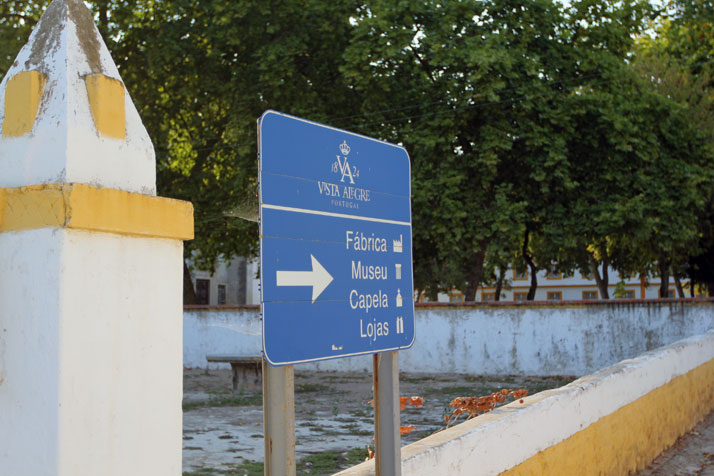
photo © Costas Voyatzis for Yatzer.com
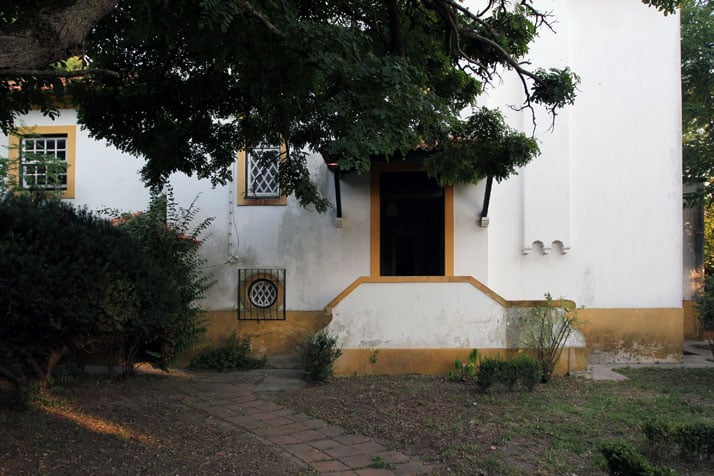
photo © Costas Voyatzis for Yatzer.com
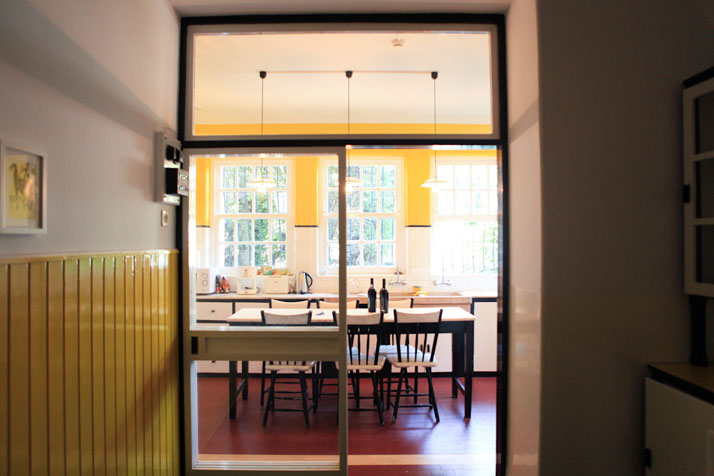
photo © Shanna Jones.
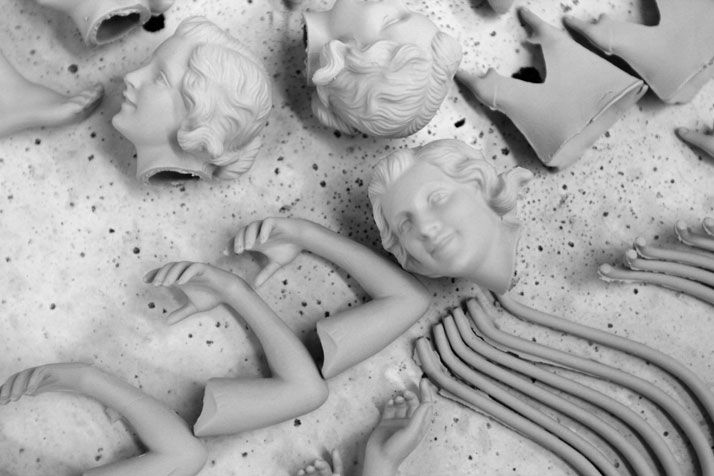
photo © Costas Voyatzis for Yatzer.com
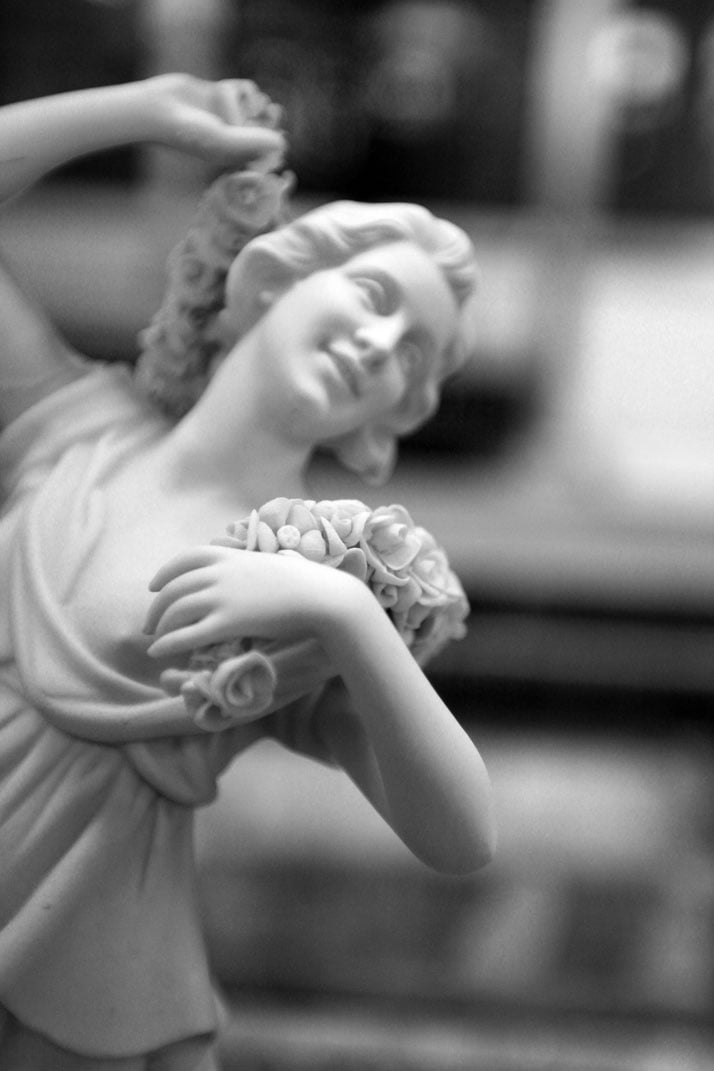
photo © Costas Voyatzis for Yatzer.com
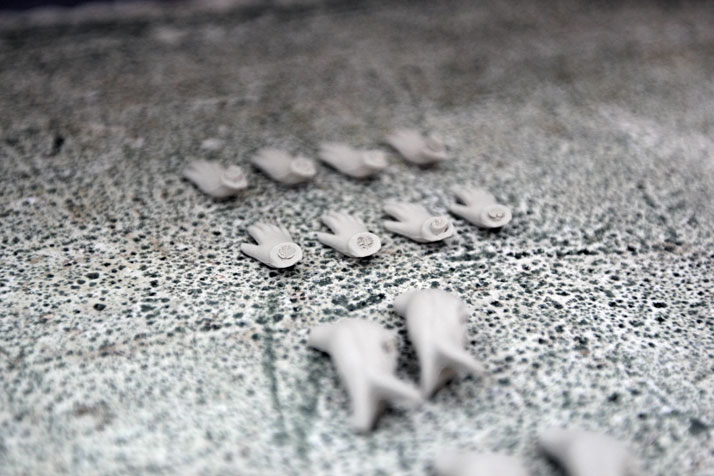
photo © Costas Voyatzis for Yatzer.com
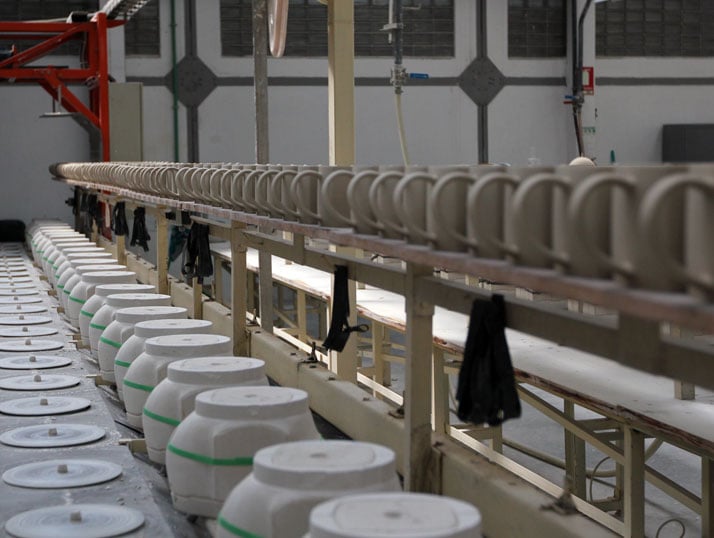
photo © Costas Voyatzis for Yatzer.com
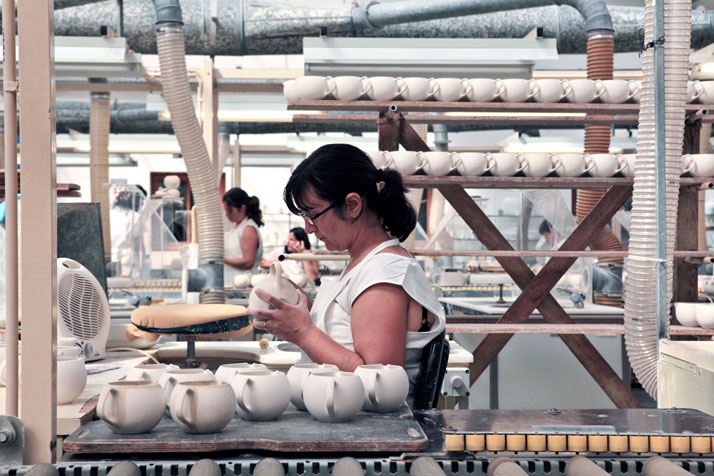
photo © Shanna Jones.
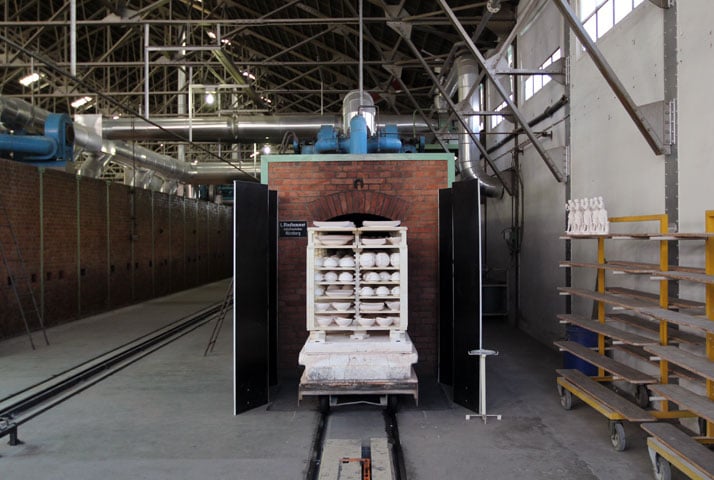
photo © Costas Voyatzis for Yatzer.com
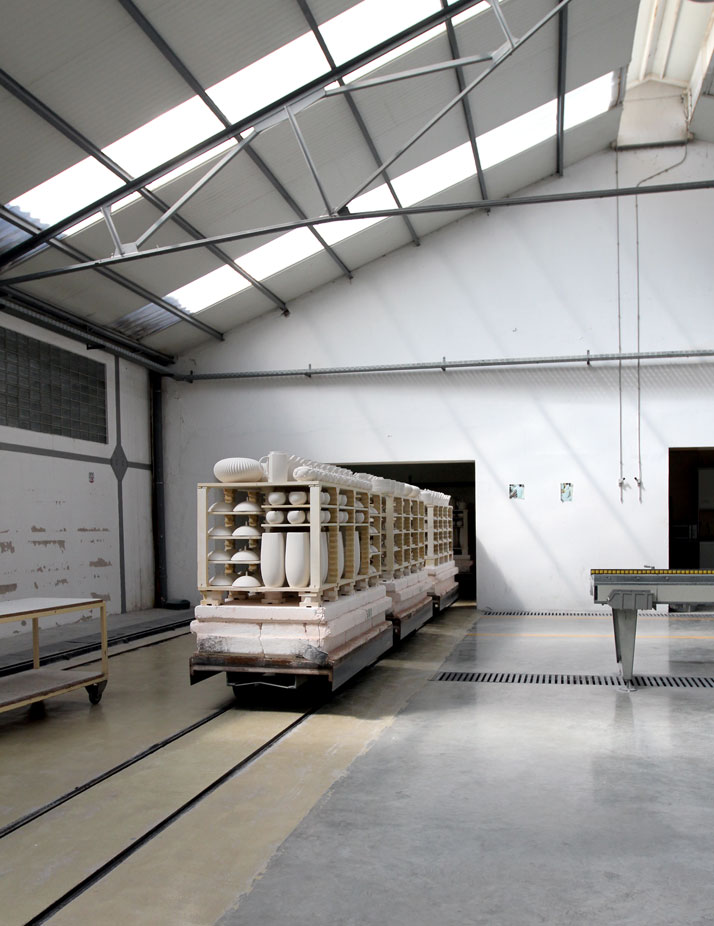
photo © Costas Voyatzis for Yatzer.com
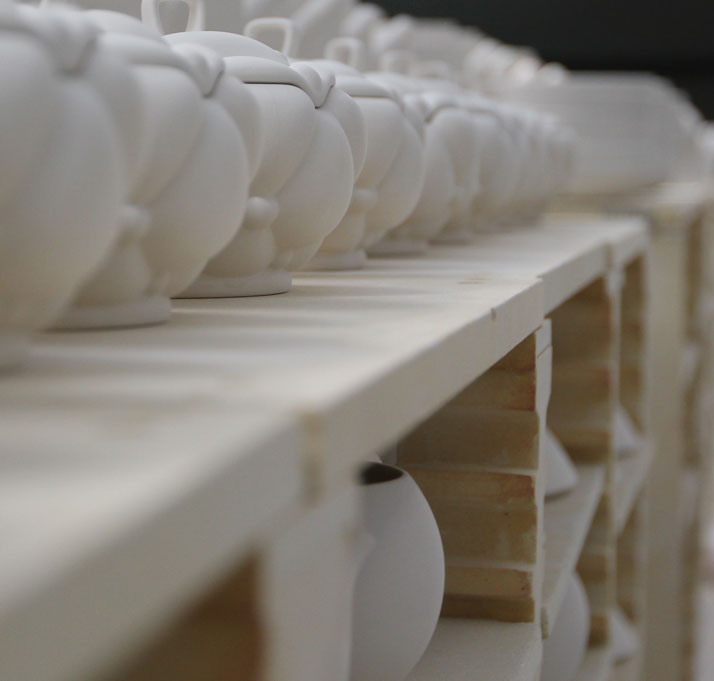
photo © Costas Voyatzis for Yatzer.com
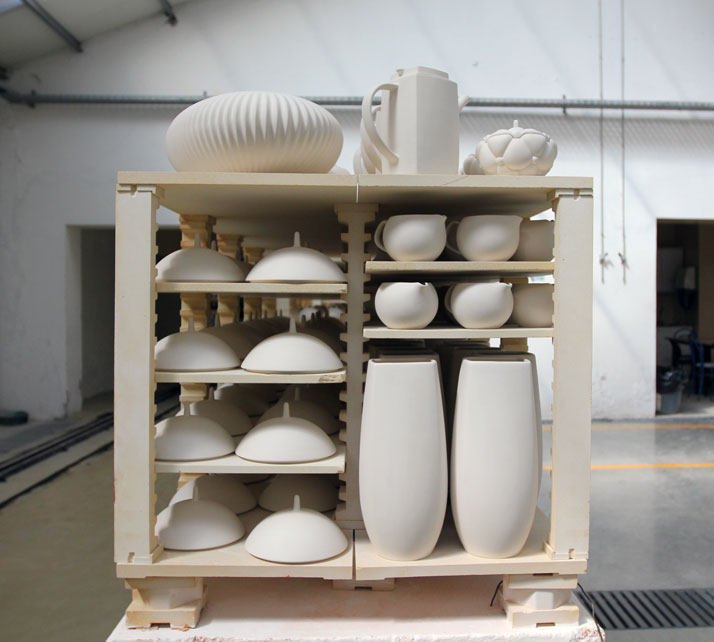
photo © Costas Voyatzis for Yatzer.com
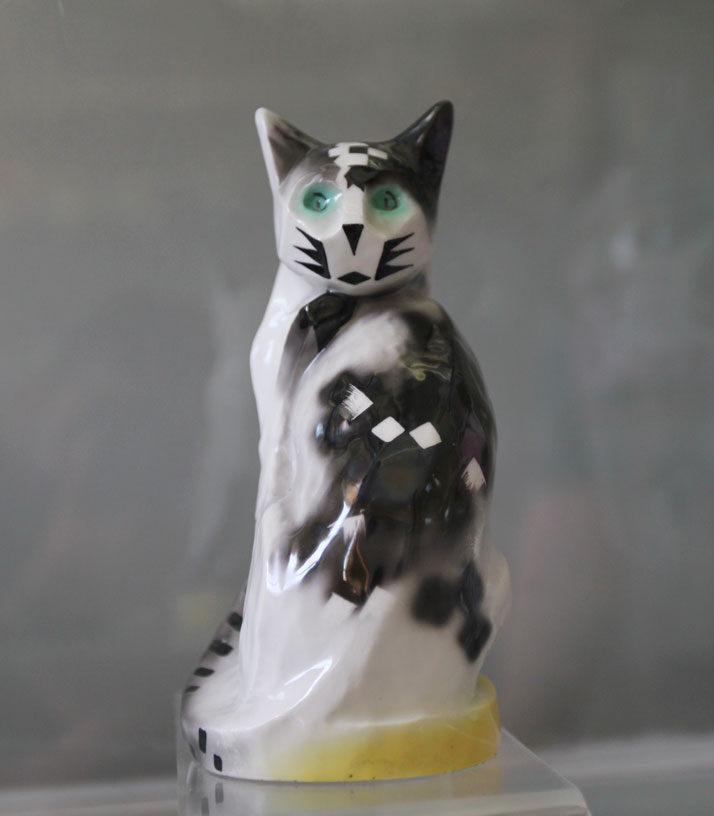
photo © Costas Voyatzis for Yatzer.com
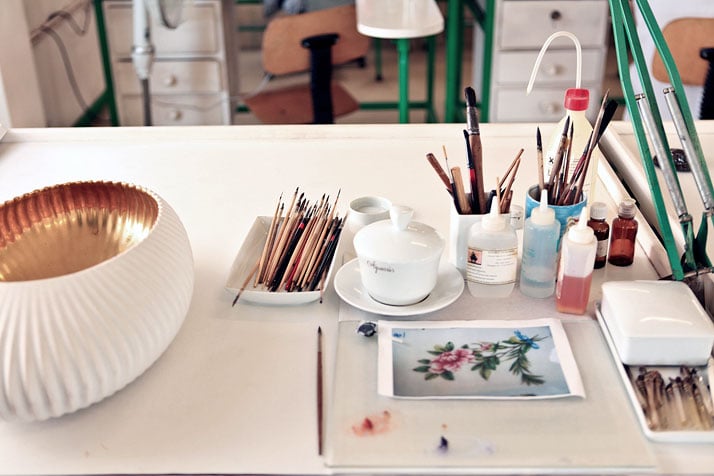
photo © Shanna Jones.
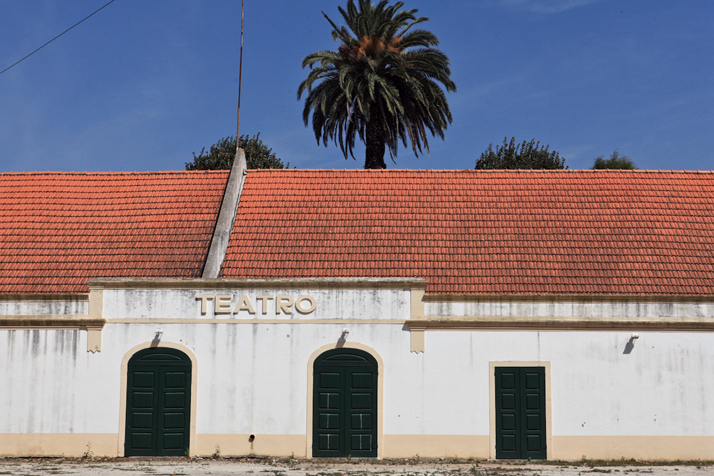
photo © Shanna Jones.














